Contents
Guide
UCAN 2005
Union Community Action Network
**********
AFL-CIO of Champaign County
Central Labor Council
MOTHER JONES
The Most Dangerous Woman in America

ELLIOTT J. GORN
 Hill and Wang
Hill and Wang
A division of Farrar, Straus and Giroux
New York
The author and publisher have provided this e-book to you for your personal use only. You may not make this e-book publicly available in any way. Copyright infringement is against the law. If you believe the copy of this e-book you are reading infringes on the authors copyright, please notify the publisher at: http://us.macmillanusa.com/piracy.
For Annette Gorn Jade Yee-Gorn and Lisa Vollendorf
I bought my first books, a dictionary and a pocket atlas, when I was about eleven years old, using a coupon I had clipped from the newsletter of the Amalgamated Clothing Workers of America. My father was a member of that organization, so the ACWA newsletter came to our home each month. A retail clothing salesman, he was an ardent supporter of the union, and from him I learned about textile mills and sweatshops, about boycotts and strikes. A straight line runs from that early awareness of the labor movement to my writing about Mother Jones. Although they are gone now, both my father and my mother are present in this book.
I could not have finished this project without taking time from my university duties. The largest chunk of research was done during a fellowship year funded by the National Endowment for the Humanities in 19931994 at Chicagos Newberry Library. A grant from the Irish American Cultural Institute allowed me to explore Mother Joness Irish beginnings. The manuscript was largely written under a fellowship from the John Simon Guggenheim Memorial Foundation in 19971998. Finally, a semester away from teaching provided by Purdue Universitys Center for Humanistic Studies in spring 2000 allowed me to finish. To these agencies and their staffs this book owes its existence.
Five friends generously took the time to read the entire manuscriptLynn Dumenil, Alice Kessler-Harris, Nancy Hewitt, Tim Gilfoyle, and Kate Rousmaniere. All made wonderful suggestions on both style and substance. Their ideas greatly improved my writing and sharpened my thinking; I thank them all for their help and their friendship.
Since 1993, the Newberry Library has served as my intellectual home. The library is a national treasure, not just for its collections but also for its devotion to scholarly work. Several Newberry fellows and staff members read parts of this manuscript; I wish to thank Al Young, Helen Tanner, Richard Brown, Fred Hoxie, Jim Grossman, Terry Bouton, Amy Froide, Ann Little, Laura Edwards, Wayne Boddle, Sid Harring, Tim Spears, Young-soo Bae, and Kirsten Fischer for their ideas and support. The Newberry staff has been remarkably helpful, but let me single out John Aubrey and the late David Thackery for their unfailing assistance.
I would also like to thank the following institutions, where I did archival research, and their staffs: Catholic University of America, Archives Department, Washington, D.C.; Shelby County Public Library, Memphis, Tennessee; the Irish National Archives, Dublin, Ireland; Provincial Archives of Ontario, Toronto, Canada; the Archives of the Roman Catholic Archdiocese of Toronto; the State Historical Society of Wisconsin, Madison; West Virginia University Library, the West Virginia and Regional History Collection, Morgantown; University of Colorado Library, Archives and Special Collections, Boulder; Denver Public Library, Western History Collection, Denver, Colorado; Colorado Historical Society Archives, Denver; Colorado State Archives, Denver; Walter P. Reuther Library of Labor and Urban Affairs, Wayne State University, Detroit, Michigan (special thanks to Michael Smith); Library of Congress, Manuscripts Division, Washington, D.C.; National Archives and Records Administration, Washington, D.C.; the Chicago Historical Society (special thanks to Archie Motley); the Huntington Library, San Marino, California.
During most of the time that I worked on this book, I was employed by Miami University in Oxford, Ohio. Miami is remarkably supportive of scholarship, and special thanks are due to the Deans Office of the College of Arts and Sciences and to the Office of Research and Sponsored Programs. I would also like to thank my old friends in history and American studies Allan Winkler, Jack Kirby, Mary Cayton, Drew Cayton, Peter Williams, Dan Nathan, Sheldon Anderson, Mary Frederickson, and Art Casciato for their friendship and intellectual aid. In the short time Ive been at Purdue, my new colleagues have been equally supportive.
Others offered good counsel and helpful suggestions: Lou Erenberg, Sue Hirsch, Ellen Skerrett, Lawrence McCaffrey, Carl Smith, Edward Steel, Lois McLean, Paul Buhle, Patrick Miller, Archie Green, Timothy Lynch, and Keith Gallagher. Gerry McCauley helped find a good home for this work; Arthur Wang, who originally agreed to publish the book, offered fine advice early on; Lauren Osborne and Catherine Newman have been wonderful editors; and Ingrid Sterner did a fine job copyediting the manuscript. My brother, Michael, also a professional historian, has been a source of quiet inspiration for his grace during very difficult times. And other friendsLarry Malley, Fred Hobson, Michael Khodarkovsky, Larry Levine, Harvey Kaye, Tony Cardoza, Bruce Levinehave been unfailing suppliers of ideas and humor.
This book is dedicated to three women, each in her own way a daughter of Mother Jones. My sister-in-law, Annette Gorn, an Irish immigrant herself, passed away last year; she was gracious and good-hearted, a person who always thought of others before herself. Jade, my daughter, has survived her childhood and grown up to be a good person, and an independent one. Finally, Lisa Vollendorf read and improved every page of this work. More, she lived it with me.
Elliott J. Gorn
Chicago, Illinois
The life of Mother Jones is a faded memory, a half-forgotten story. A black-and-white image of an old woman or perhaps the words Pray for the dead, and fight like hell for the living are all that most people know of her. Yet during the early twentieth century, Mother Jones was one of the most famous women in America. Passionate speeches and dramatic street theater kept this fiery agitator in the news. For over a quarter century she held center stage, exposing disturbing truths about child labor, the poverty of working families, and the destruction of American freedoms. Her admirers called her labors Joan of Arc and the miners angel; enemies labeled her a dangerous radicalindeed, the most dangerous woman in America.
Picture her, grandmotherly, sweet-faced, white-haired, swaying throngs of working-class people with her resonant oratory. Legend tells how she faced down gun-toting thugs and how she endured frequent imprisonment without fear. She cherished her image as a fighter. When introduced to a crowd as a great humanitarian once, she snapped, Get it straight, Im not a humanitarian, Im a hell-raiser. She articulated for working men and women the belief that they had created the world with their own hands and that by right it belonged to them. She was a militant matriarch uniting the family of labor through her words and her raw physical courage.

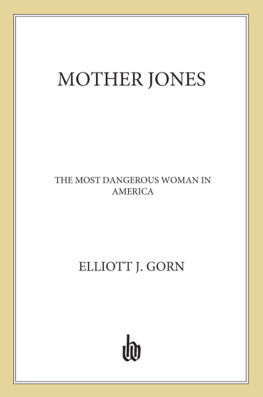
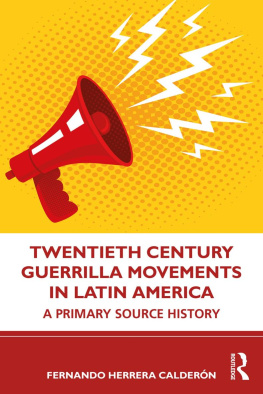
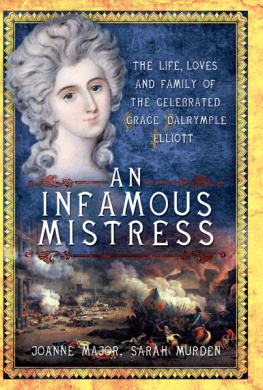
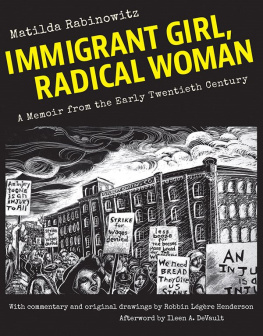
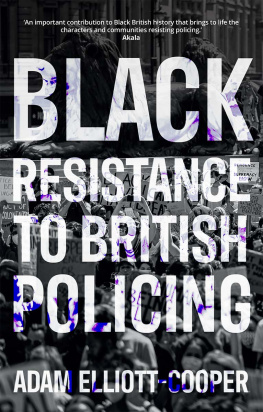
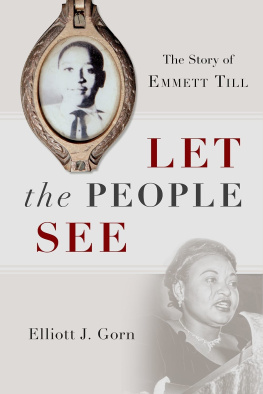

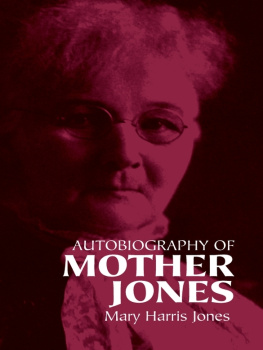
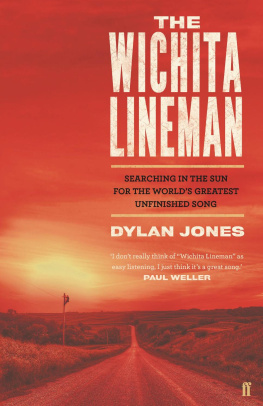
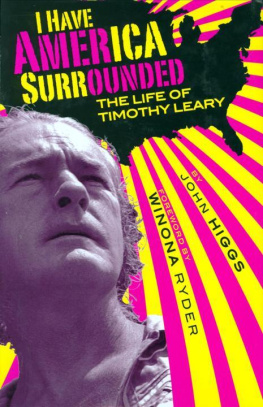
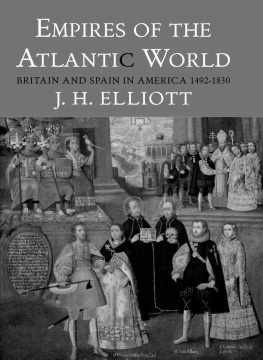
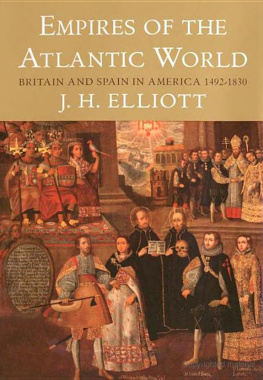


 Hill and Wang
Hill and Wang